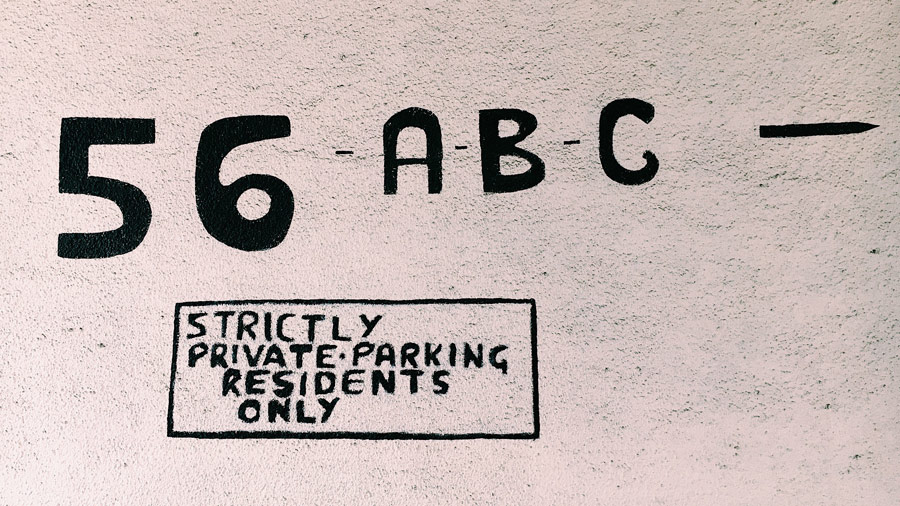Property searching for the time poor

27/04/2016
My property search diary from Location Location Location Australia Season 3 | Episode 1 – Search for family home in Sydney’s Eastern Suburbs and Lower North Shore
This search had so many issues to deal with!
When you have a busy life it is difficult to allocate the necessary time to ensure you inspect every property that might suit your needs. And as well as actually looking for the right property, you need to educate yourself about the market and prices.
These guys were particularly time poor, so they were learning on the hop. Michael & Naomi’s brief was wide and accepting at the outset. But we very quickly established what was important to them by looking across a wide spectrum of property within a short time frame.
Most searches do not happen like this. Buyers spend many weekends searching in a specific geographic area and never compare different options in real time. So they might only venture to the Lower North Shore, for instance, after many weeks or even months traipsing through open houses in the Eastern Suburbs. In the time it takes to get your head around one area, the rest of the market has been growing in value and you can easily find yourself priced out of what you could have afforded at the beginning of the search.
So, while it may initially take a large commitment of time to search in more than one area, in the long term it will save time as you can come to a quicker decision on preferred area.
Auction underquoting.
It’s a common complaint of buyers: that agents underquote on auction properties. Sometimes it is very deliberate, after all, they are trying to quote low in order to generate the maximum amount of competition. Other times they really don’t know themselves.
For instance, with Michael and Naomi’s search, it was easier to judge where the Bondi property would sell for as there were similar properties around that had sold over the previous 6 months. In the end it sold prior to auction for $2.41M and we had been discussing a figure around the $2.4M mark, so no surprises there.
It was a lot harder to pin down the price of the Dover Heights property as there we no direct comparables and very few sales at all to review over the previous 6 months. And as it so happened, the market in that price bracket suddenly surged, which resulted in enough buyers being interested to create a competitive auction and push the price way over what was quoted.
Now we always knew it was going to be a long shot and Michael and Naomi stretched themselves to $2.5M so they could know that they gave it their all. The agent, however, had been quoting under that figure and the reserve turned out to be closer to $2.8M, as I deduced by the way the auction ran. A classic case of “quote it low and watch it go”.
It’s really hard when you fall in love with a property that is borderline affordable. There is a lot of money and energy to invest in order to give yourself what is probably only a slim chance. But on the flipside, you would kick yourself if you didn’t go for it and it sold within your means.
Renovating for sale versus for living.
Both the Bondi property and the Dover Heights properties had been recently renovated. The Bondi one, in particular, had quite an impressive initial impact. But when you looked a little closer you could see that there were a lot of areas that had been facelifted rather than renovated. What I mean by that is that it was renovated to sell instead of being renovated by an owner to live in themselves.
These renovations focus more on impression than substance and will often feature “fashionable” fittings and finishes that can date very easily. If they aren’t quality inclusions they won’t wear well either and can easily end up looking shabby.
You don’t want to buy something that has just been tarted up yet has structural issues that have not been addressed. “Lipstick on a pig” is how Michael described a renovation that looks better than it is. That said, just because a property has been renovated for sale it doesn’t mean that it is a bad property, but it is important as a buyer that you know what you are getting.
There are some telltale signs. Here are some that I picked up while looking with Michael & Naomi:
- Tired old aluminum windows left and disguised with plantation shutters.
- Floating floors laid over existing flooring. Much cheaper than replacing with a new floor.
- Unresolved floorplans with quirky flaws like access from the garage through a wardrobe.
- Practical considerations are often overlooked, like ensuring storage is adequate.









